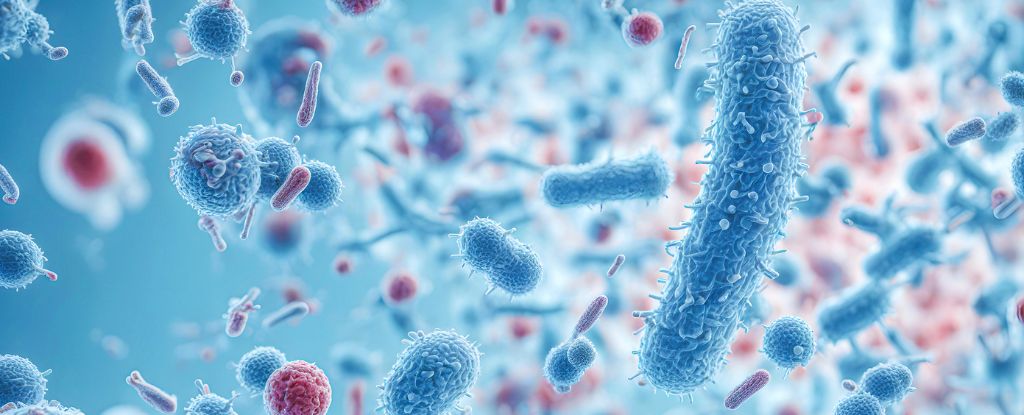Microbes that emerged billions of years ago may have made our immune systems what they are today.
New research from the University of Texas (UT) suggests complex organisms like ourselves may not have been as well equipped to fight off viruses if not for the gifts bestowed by our single-celled ancestors.
Long before multicellular life evolved, our planet was home to a widespread group of ancestral microbes.
The living descendants of these ancient microbes were only discovered in 2015 through traces of their DNA, deep in the ocean between Greenland and Norway. Five years later, the lurking lifeforms – a superphylum of archaea called Asgard – were successfully grown in the lab for the first time.
At first glance, under the microscope, they looked a lot like bacteria. But archaea cells are evolutionarily closer to eukaryotic life forms, like plants and animals, than they are to their simpler microbial cousins.
Based on their genomes, some scientists think Asgard archaea and our eukaryotic ancestors parted ways around 2 billion years ago, paving the way for all complex life on Earth, including animals, plants, fungi, protists, and most algae.
Whatever that common ancestor looked like, at some point they had to incorporate a nucleus into their basic structure. Some scientists suspect Asgard ancestors developed one from a virus, which established a protective compartment referred to as a viral factory. Mitochondria, meanwhile, might have come from gobbling up a bacterial ancestor.
Today, very little is known about how living archaea protect themselves from threats like bacteria or viruses, so it’s difficult to explore such hypotheses in any detail.
Researchers at UT have now used an artificial intelligence program to comb through a newly expanded set of Asgard genomes to identify ancient immune defenses.
The team found that compared to bacteria, Asgard archaea have evolved a broad array of defense systems, some of which are also innate in eukaryotes.
Of all the defense systems in the genomes from Asgard archaea analyzed, roughly 2 percent were linked to an immune protein, called viperin, which combats a wide array of viral infections by seemingly ‘silencing’ viral reproduction.
Today, viperin plays a role in the immune systems of all complex life on Earth, which suggests it was present in the last common ancestor of archaea and eukaryotes.
According to the new findings, eukaryotic viperins and Asgard viperins are “sister proteins and share a common ancestor”.
“It says that not only did eukaryotes get all these rich structural proteins that we’ve seen before in Asgards,” explains integrative biologist Brett Baker from UT, “now it’s saying that even some of the defense systems in eukaryotes came from Asgards.”
In addition to viperin, nearly 8 percent of the Asgard archaea defense genes analyzed were associated with argonautes. These are immune proteins that chop up DNA to halt the spread of a virus.
In all domains of life on our planet, from archaea and bacteria to eukaryotes, argonautes act as “programmable immune systems”.
To test how these proteins perform in living cells, researchers took the genetic instructions for viperins from the Asgard archaea genomes and cloned them in E. coli bacteria. When a virus was introduced, the bacterial cells showed some signs of protection.
“Viral infections are one of the evolutionary pressures that we have had since life began, and it is critical to always have some sort of defense,” explains Pedro Leão, who conducted the research while at Baker’s lab at UT.
“When bacteria and archaea discovered tools that worked, they were passed down and are still part of our first line of defense.”
Thanks be to microbes.
The study was published in Nature Communications.





